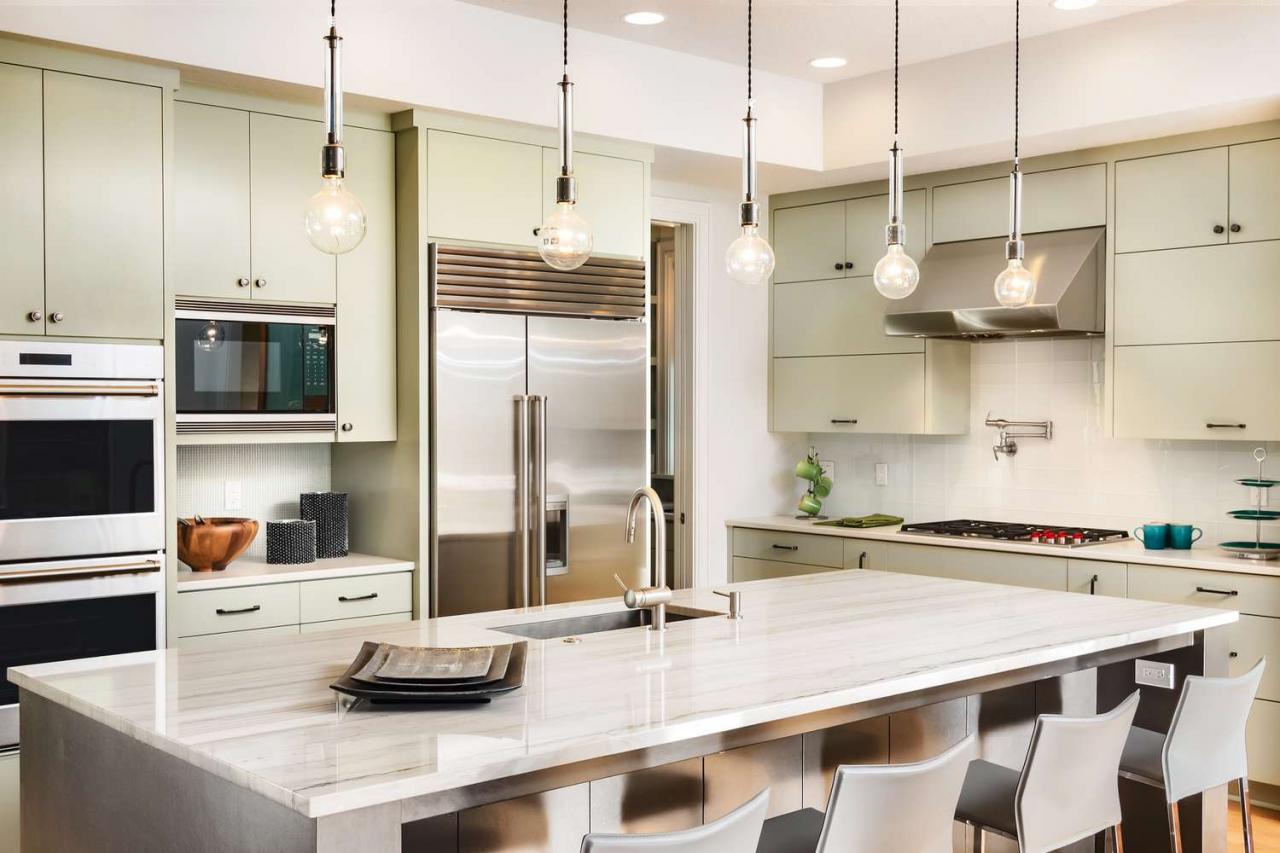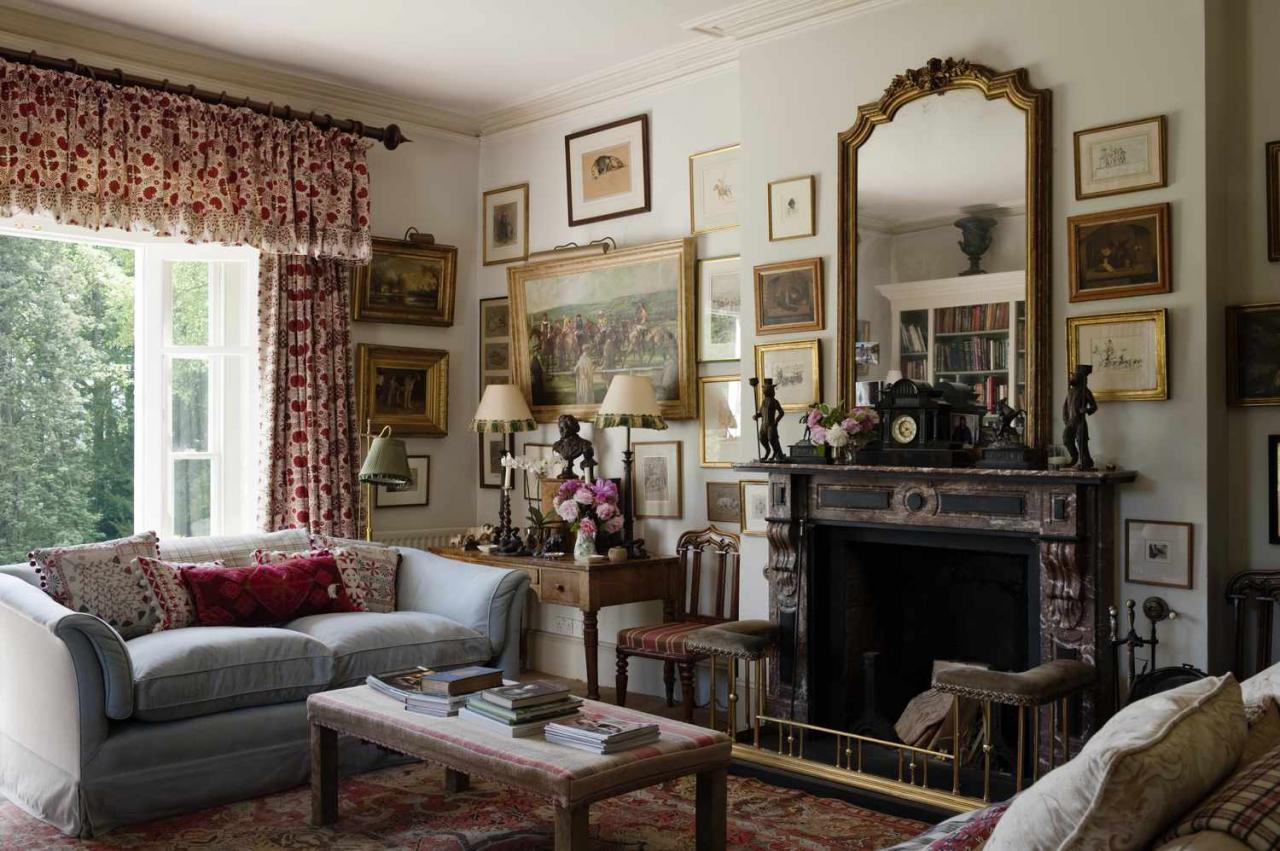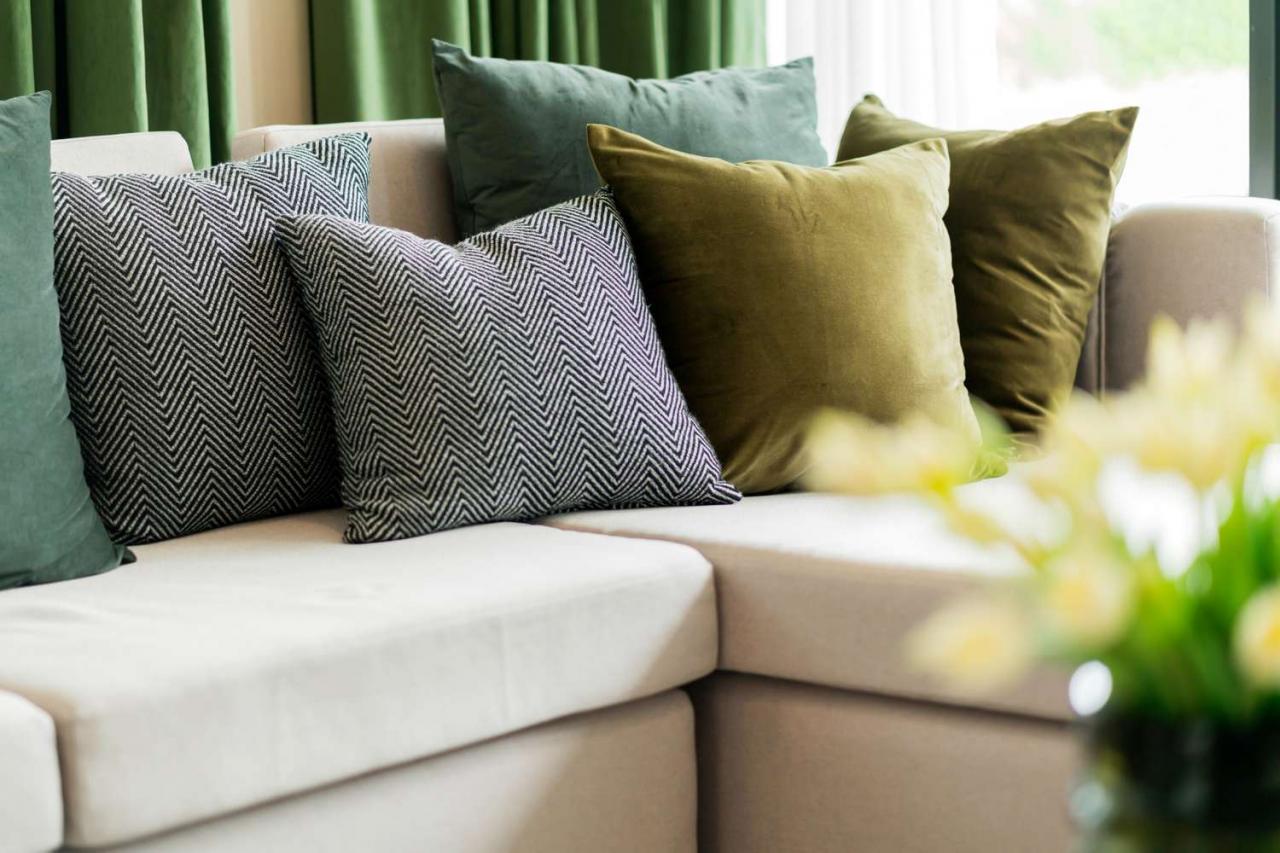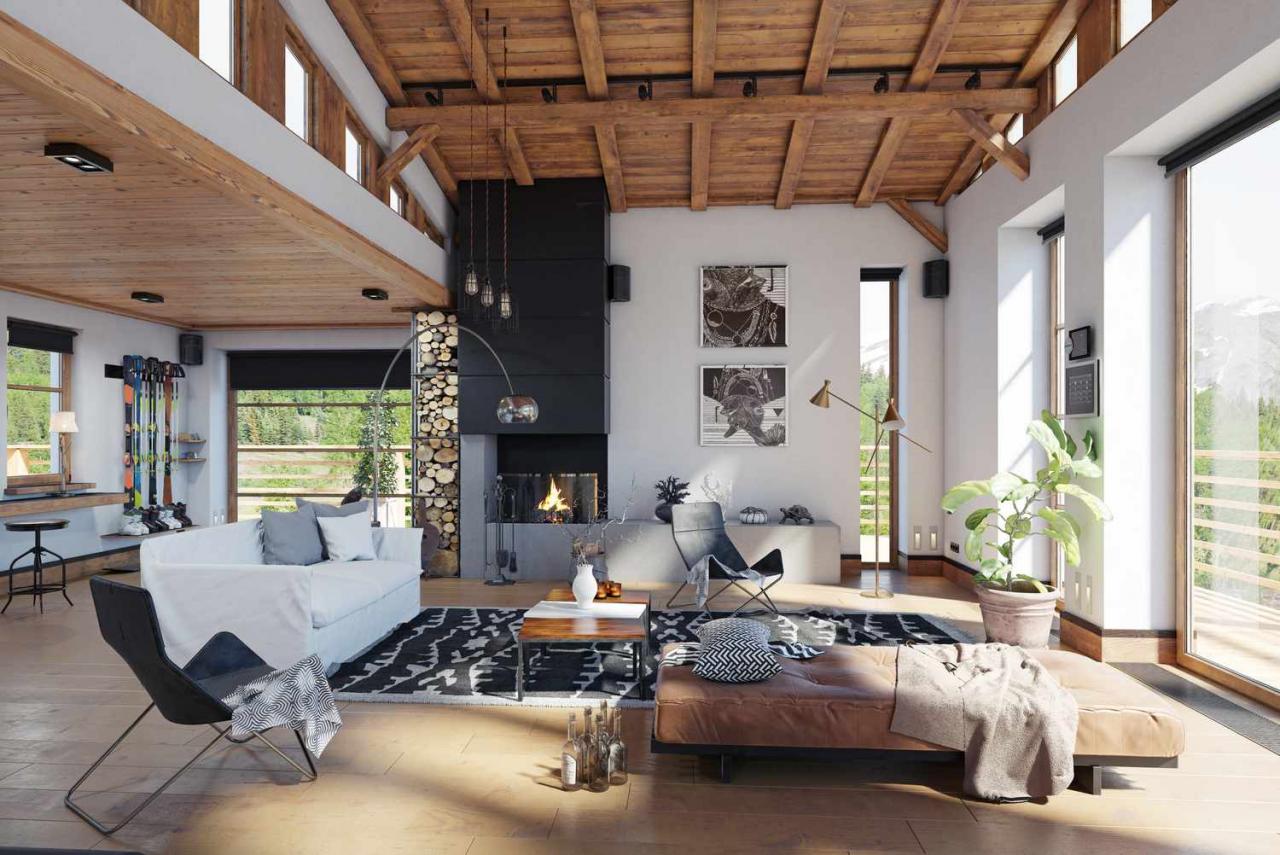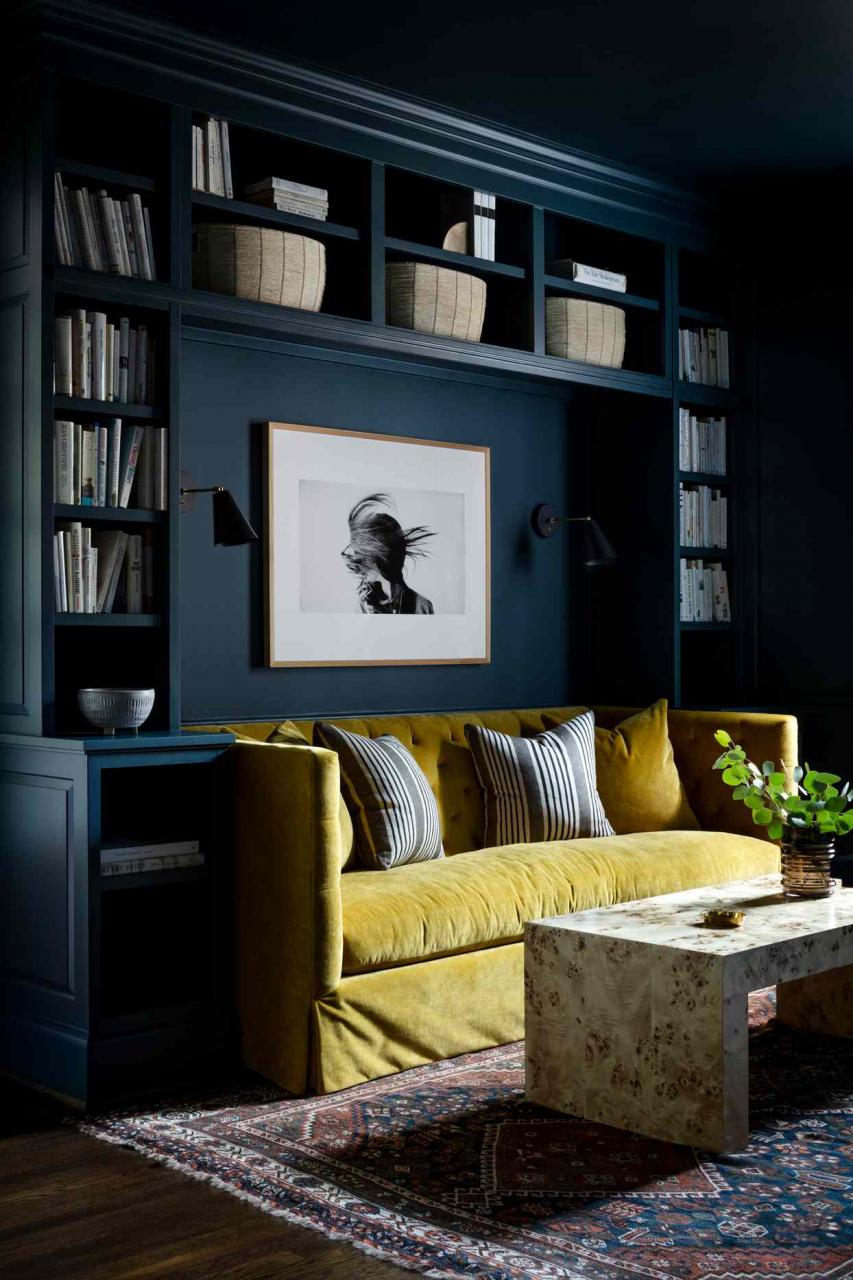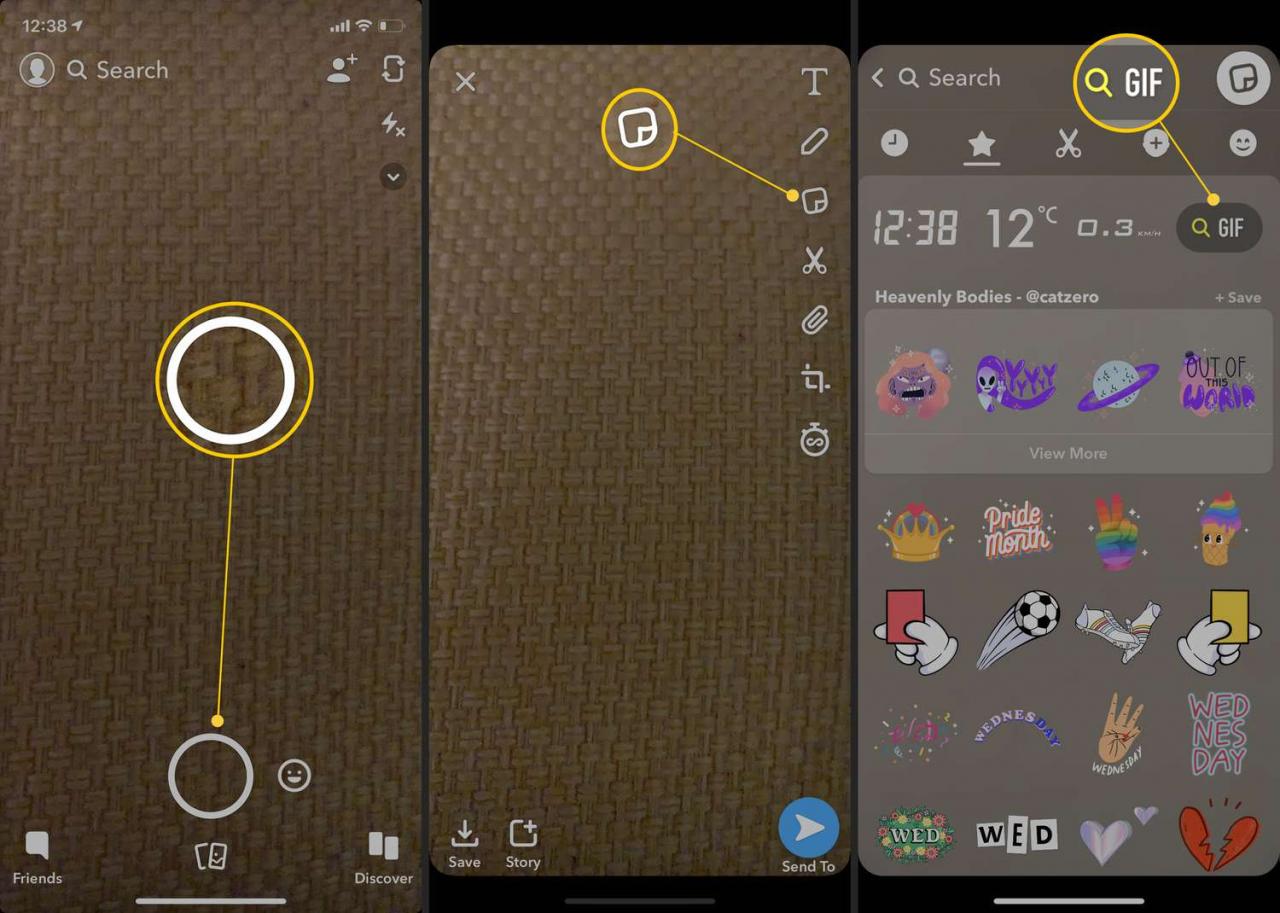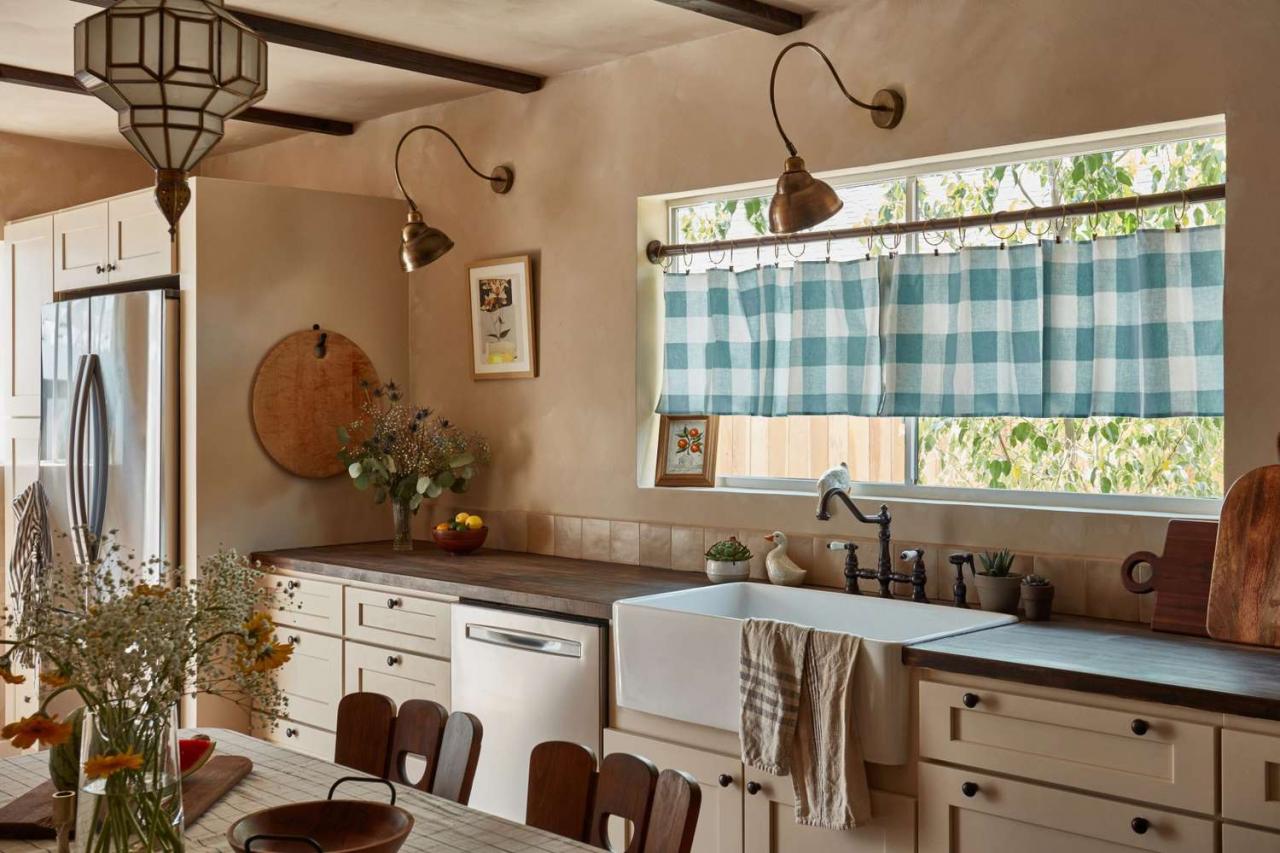
If you’re a kid of the ’80s or ’90s, you know the Laura Ashley brand name well: Her name instantly evokes floral and gingham patterns and ruffles. However Ms. Ashley, who was actually a real person– a British designer born in the 1920s– wasn’t the first to dabble in this feminine visual. Dorothy Draper was curtaining windows, beds, pillows, and even shower drapes in these details given that the 1940s.
Ruffles and gingham defined interior decoration throughout much of our youths, throughout a time when magazines were filled with frilly, inspected, and flower areas. “My love of these feminine information comes from my youth bed room in the ’80s, which was filled with ruffles and florals,” recalls Heather Taylor, the founder of Heather Taylor Home, a business that specializes in ruffled and gingham house goods.
These motifs are back in a big method– partly in thanks to the introduction of maximalism, cottagecore, and all things grandmillennial– however their newest iterations have a more soft, customized look. Designers are here for these contemporary takes. Ahead, they share how to utilize these classic details in manner ins which feel fresh, not saccharine.
Both Minimalism and Maximalism Are Trending– Interior Designers Explain the Surprising Coexistence
Why Gingham and Ruffles Are Back
We’ve come a long method because that ruffled prime time, says South Carolina-based designer Whitney McGregor– but she’s still utilizing these patterns and details in her current work. “I still remember my mom’s ruffled vanity chair with fringe trim and our wicker framed floral couches,” she says. “Maybe it’s nostalgia that I’m after when I utilize those exact same approaches and materials, however I truthfully believe those things are simply classics that I’ll never tire of.”
Maybe they provide some comfort during an age of uncertainty: These womanly, familiar concepts are a nod to an earlier, simpler time– and this fond memories is taking hold in the style world. “We introduced our first ruffle pillow a month after the pandemic started and people went nuts,” states Taylor.
Bambi Costanzo, an interior designer who is refurbishing a 103-year-old home in West Virginia with plenty of these information, concurs: “I have liked ruffles and ginghams for as long as I can keep in mind,” she says. “Almost every space in my home has a bit of gingham in it. It’s my signature!”
:max_bytes(150000):strip_icc()/gingham-screen-1011mld107558_vert-e8838b72021145e8898ef4aefde41b48.jpg)
Start With a Small Accent Piece
Starting little is an excellent technique to practically anything, including interior design patterns. Costanzo recommends beginning with a gingham tea towel, while Taylor states to try a small pillow, which looks nice on a chair, couch, or bed. “That’s typically the entrance item that leads to additional pillows, gingham table linens, and quilted placemats!” she says.
“Try a vanity or accent chair with a collected skirt or a gingham throw pillow with ruffled trim or perhaps a scallop lampshade,” she says. If you fall in love with the appearance, this very first flirtation might simply be the beginning.
Use Pattern and Scale Intentionally
“We play with scale and pattern blending in a method that makes ginghams, plaids, ruffles, and stripes work in any area,” states Taylor. If a vibrant, chunky check feels too blunt, look for a piece with a smaller duplicating pattern– or switch a collected ruffle with a softer scallop.
:max_bytes(150000):strip_icc()/ruffle-pillows-getty-0623-95f6e6a664314c2bbc4085d68baec575.jpg)
Choose the Right Colors
These details might have womanly roots, however they do not require to be translated in overtly sweet colorways– in reality, these days, a lot of gingham and ruffle information aren’t. A mix of ageless and contemporary keeps these ruffles and ginghams feeling younger in a modern home.


